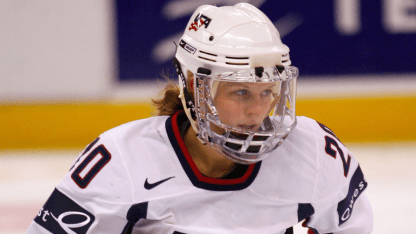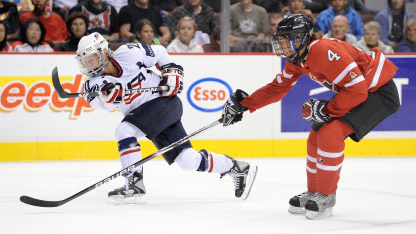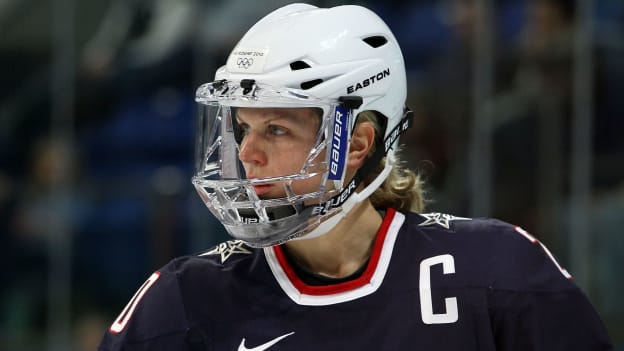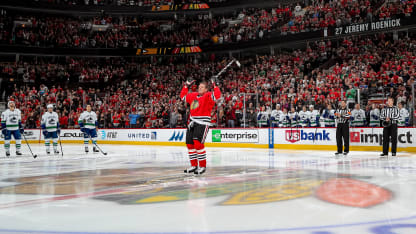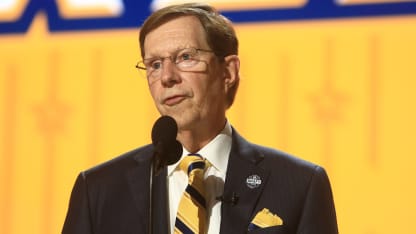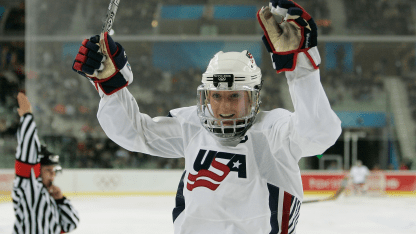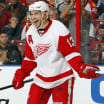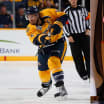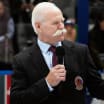The 2024 Hockey Hall of Fame induction is Monday. This class includes Pavel Datsyuk, Shea Weber, Jeremy Roenick, Natalie Darwitz, Krissy Wendell-Pohl, Colin Campbell and David Poile. Here, NHL.com staff writer Derek Van Diest profiles Darwitz:
Natalie Darwitz had a distinctive talent which helped develop her prolific goal-scoring hands.
Darwitz was a juggler in elementary school, performing in the Shrine Circus before embarking on a standout hockey career.
"In elementary school they had an enrichment program and you can take whatever you wanted to do," Darwitz said. "My first-grade teacher said he was going to teach a juggling class, so I signed up for it. You started with scarfs, balls, then went to bowling pins and clubs. Then the two top advanced ones were the fire sticks and machetes. People got wind of this, and we became this traveling show, we would go to seniors' homes and we were in the Shrine Circus and I was always picked to juggle the machetes."
Juggling fire sticks and machetes as an 8-year-old was a unique way to develop keen hand-eye coordination. Combined with blazing speed, the native of St. Paul, Minnesota, quickly became one of the best players her state.
"It was pretty wild, it would have been the first, second and third grade when that happened," Darwitz said. "It was all over the news. You wouldn't get away with that now, you couldn't juggle machetes, you can't even bring a machete into school now, and we were juggling fire and knives and that's pretty wild to think back on that. Those things were big, they were three-fourths the size of me. It was pretty wild."
Darwitz would eventually trade in her juggling instruments for a hockey stick and went on to star with her high school team, the United States women's national team and University of Minnesota. Darwitz was on the national team for a decade competing in three Olympic Games and eight Women's World Championship tournaments.
Darwitz will be inducted into the Hockey Hall of Fame along with good friend and fellow USA and Minnesota teammate Krissy Wendell-Pohl, former NHL players Pavel Datsyuk, Shea Weber and Jeremy Roenick along with executives David Poile and Colin Campbell.
"I don't think you go into playing hockey hoping that one day you'll be in the Hall of Fame, it's kind of a byproduct of the work you've put in and how much you care about the game. It's a great combination," Darwitz said. "I think on the female side, the ones that go in where a little bit younger, but to look back at the career of playing with boys and growing up playing with boys and being one of the only girls, and then having a good college career, a good U.S. career and going in with a good teammate and friend Krissy Wendell as well."
